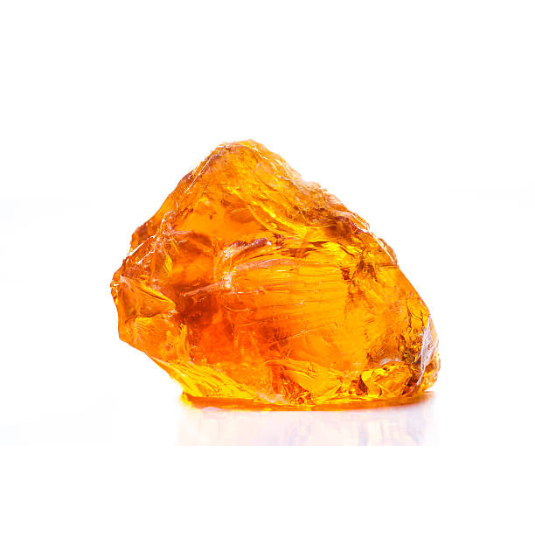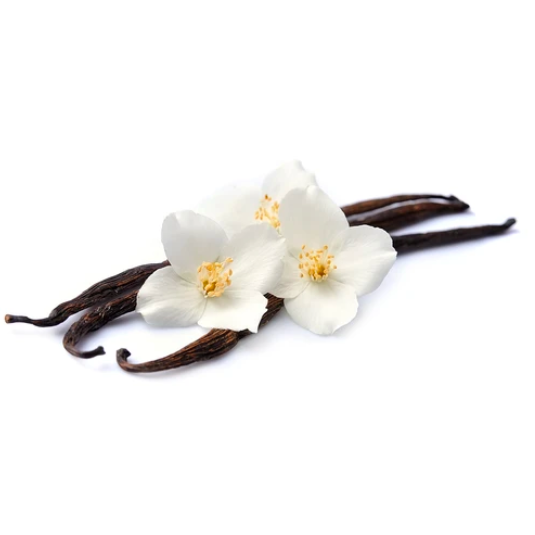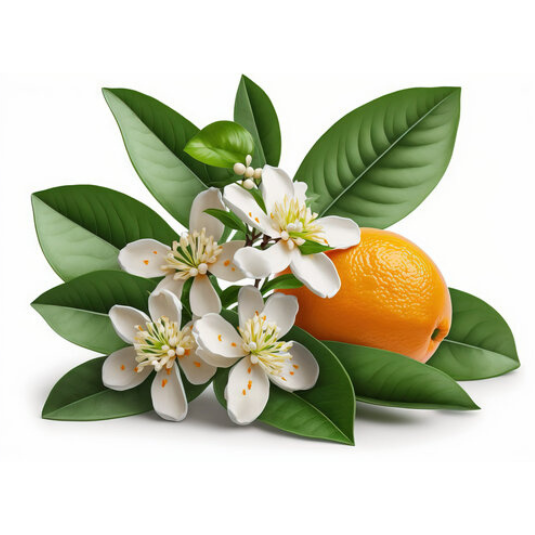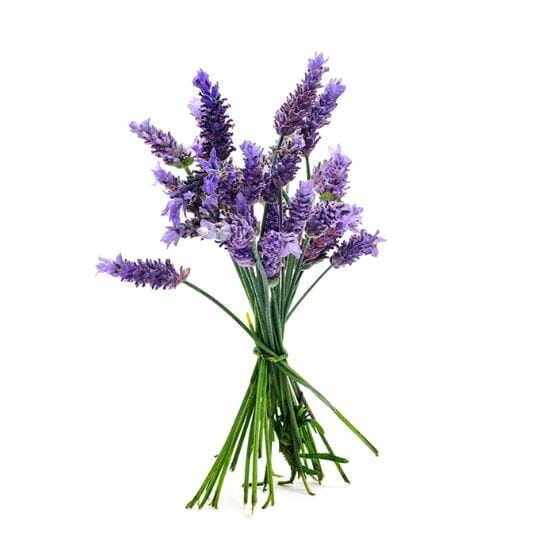What does the word fig mean?
The fig, also known as Ficus carica, is a fruit native to Western Asia that has been cultivated for thousands of years. Its name comes from the Latin "ficus," meaning "fig tree." This fruit is highly valued for its sweet flavor and melt-in-your-mouth texture, as well as for its nutritional properties. Figs are rich in fiber, vitamins, and minerals, making them a popular health food.
In the beginning…
The fig is a fruit with a long history. As early as ancient times, the Egyptians used the fig for its medicinal properties and considered it a sacred fruit. The Greeks and Romans also adopted it, and the fig became a staple in their cuisine. It was even considered a symbol of prosperity and fertility.
In the Middle Ages, figs were highly prized by monks and nobles, who grew them in their gardens. They were also used in pastries, particularly in the famous fig pies. Over the centuries, figs have become an essential fruit in Mediterranean cuisine, but also in perfumery, where they are used for their captivating, sweet scent. Today, fig fragrance is a bestseller in the perfume industry and continues to delight lovers of gourmet and refined scents.
Ultimately, it originates from Western Asia, where it has been cultivated for over 5,000 years. It was then introduced to Egypt, Greece, and Italy, before spreading throughout the Mediterranean. It is the emblem of the Mediterranean basin. Today, the fig is cultivated in many countries, such as Turkey, Spain, Morocco, California, and Brazil.
DID YOU KNOW? According to Greek mythology, the fig was considered a sacred fruit and was strongly associated with the fertility goddess, Demeter. It is said that in the city of Knossos, fig trees were planted near temples dedicated to Demeter, and priestesses devoted part of their time to harvesting and offering figs.
The creation of synthetic fig molecules
Figs are often recreated from synthetic molecules in perfumery for several reasons. First, fresh figs are not readily available as a natural ingredient in many parts of the world, and their harvest is limited to certain seasons. By using synthetic molecules, perfumers can reproduce the characteristic scent of figs consistently and without seasonal constraints.
Furthermore, the fig presents an olfactory complexity with different aspects: skin, pulp, and fig milk. Synthetic molecules allow these different olfactory nuances to be precisely reproduced, thus giving the perfumer more control over the creation of the fig note and allowing them to adjust it according to their artistic needs.
By using these synthetic molecules, perfumers can create olfactory compositions that capture the fruity sweetness and solar warmth characteristic of the fig, while offering greater creative flexibility. This also helps preserve natural resources, as the production of synthetic molecules avoids the overexploitation of fig trees. Thus, recreating the fig from synthetic molecules in perfumery offers a practical, consistent, and environmentally friendly alternative to capturing the essence of this delicious fruit and incorporating it into fragrance creations.
What did you know about figs in perfumery?
Figs can be used in a variety of forms for perfumery: fig extract, fig essential oil, or fig accord. Processing techniques include maceration, distillation, or cold extraction to capture the fig's characteristic olfactory notes, such as its fruity sweetness, green freshness, and light milky note.
You're probably wondering, but what does a fig smell like? Well! Figs have a sweet, fruity, and slightly woody fragrance. Their scent is often described as warm, enveloping, and indulgent. It offers notes of honey, ripe grapes, and juicy fig pulp. Their aroma also evokes a certain green freshness, reminiscent of the leaves and sap of the fig tree.
As a result, fig blends harmoniously with several olfactory accords, creating rich and captivating scent compositions. Here are some common fig pairings:
• Woody Accords : Fig blends well with woody notes such as sandalwood, cedar or patchouli, adding warmth and depth to the fragrance.
• Floral accords : Delicate floral notes such as jasmine, rose or lily of the valley can complement the fruity sweetness of the fig and bring a subtle floral dimension.
• Gourmet pairings : Gourmet notes such as vanilla, caramel or chocolate can accentuate the sweet and gourmet character of the fig.
• Fresh accords : Fig can be combined with fresh, green notes such as cucumber, basil or green tea to bring a feeling of freshness and elegance to the composition.
• Spicy pairings : Adding mild spices like cinnamon, cardamom or ginger can bring a spicy and warming dimension to the fig.
The different species of fig
In perfumery, there are several species of figs used to capture the characteristic aroma of this fruit. The main species of figs used are:
• Ficus carica : This is the most common and widely used species in perfumery. Figs of this species offer sweet, fruity, and slightly milky notes.
• Ficus sycomorus : Also known as the sycamore fig, this species is appreciated for its woody, green and slightly resinous notes.
• Ficus palmata : This species of fig has fresh, green and herbaceous notes, reminiscent of the greenery of the fig tree.
GOOD TO KNOW!
Figs have numerous health benefits thanks to their antioxidant, fiber, and mineral content, such as potassium, calcium, and iron. Figs can help improve digestion and reduce inflammation in the body. They can also help regulate blood sugar and reduce the risk of chronic diseases such as diabetes, heart disease, and cancer.
In addition to its health benefits, figs also have cosmetic benefits. Fig oil can be used as an ingredient in skin and hair care products due to its moisturizing and nourishing properties. It can help moisturize dry skin and reduce signs of aging such as fine lines and wrinkles. For hair, fig oil can help strengthen hair and prevent breakage by deeply moisturizing it.
The legendary fig flavors...
• Presence by Maison Montblanc is an iconic men's fragrance launched in 2001. It embodies timeless elegance with its fresh and spicy notes, combined with a subtle woody base, creating a distinctive and refined presence.
• Premier Figuier by L'Artisan Parfumeur combines fig leaf as a top note with fig as a heart note and to finish, we find coconut and sandalwood as base notes, released in 1994.
• Fico di Amalfi by Acqua di Parma is an eau de parfum that captures the sunny, Mediterranean spirit of Italy's Amalfi Coast. With its fresh notes of juicy fig, sparkling lemon, and almond wood, it evokes a feeling of summer vacation and fruity sweetness.
• Nerolia Vétiver by Maison Guerlain is an eau de toilette that combines neroli and basil in top notes with fig in heart note and vetiver in base note.
• ILIO by Diptyque is an eau de toilette released in 2021, combining fig with notes of iris, jasmine, and bergamot. If you're looking to add a fruity and elegant touch to your fragrance collection, fig is a perfect choice.
• Fleur de Figuier by Roger & Gallet is a captivating composition that captures the freshness and sensuality of the Mediterranean fig. Juicy fig notes blend with accords of white flowers and warm woods, creating an elegant and captivating fragrance that evokes the sweetness of a stroll through a fig orchard in midsummer.
Fig X Good Perfumer
At Bon Parfumeur, we offer the 01 scented candle and diffuser with the scent of fig. This blend of fig leaves, basil, and mint creates an elegant and fresh fragrance, perfect for perfuming your home.
If you're looking to add a fruity and elegant scent to your collection, be sure to explore fig-based fragrances and discover the different ways this note can add complexity and depth to a fragrance.










